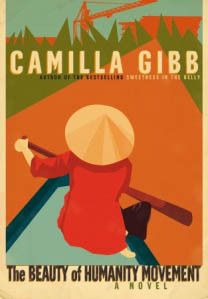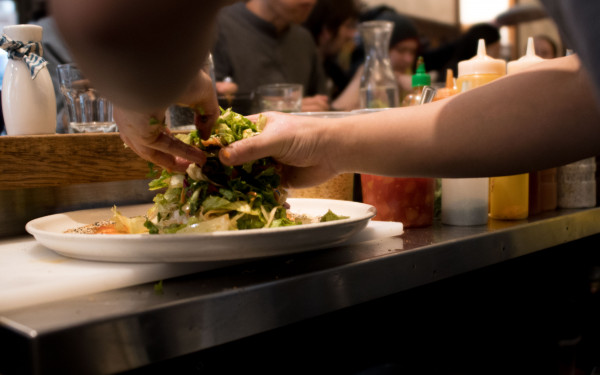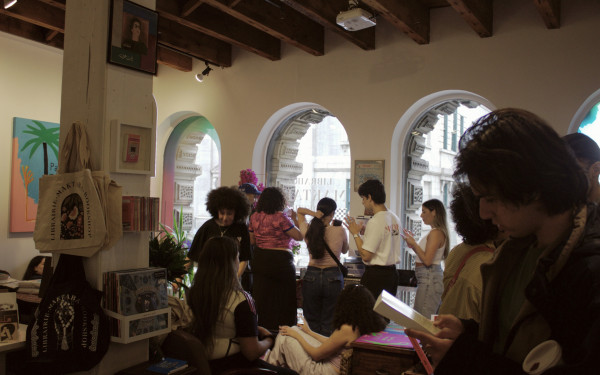Pho Beauty
Gibb’s Book Steeped in Vietnamese Cuisine, Culture
If you find yourself looking for a way to warm up during the next few months, consider curling up with Camilla Gibb’s The Beauty of Humanity Movement. Gibb knows how to draw in a reader hungry for a good book—with food! She describes bowls of beef and chicken Phò with so much care and detail, you can almost feel the heat of the soup through the book’s pages.
Gibb’s latest novel, set in Vietnam, is a story of culture, family and Phò, loosely based on true events. Food is considered a cornerstone in most cultures, so it is fitting that the novel begins with Hung, an elderly Vietnamese man, who makes the best soup in the city. In his younger days, Hung’s restaurant served as a gathering place for revolutionary intellectuals and artists who created Nhân Vᾰn, or The Beauty of Humanity. The novel sways between Hung’s youth and his days as an elderly man, telling a story of steady progression in Vietnamese culture.
Nhân Vᾰn, a literary newspaper created and published by a small group of Vietnamese intellectuals, brings the characters in the novel together. The paper was a response to the oppression of free speech and a call for human rights during the controversial political instability in Vietnam from 1955-1958. Gibb successfully elaborates on these historical details for her own fictional purposes without damaging the power of the real events she’s using. In fact, some of the most beautifully written pieces in the novel are actual quotes from Nhân Vᾰn.
That being said, the references to Vietnam’s history are perhaps the most interesting part of the novel. The subplots of love and lust Gibb creates for her characters are mediocre. Other than a handful of passages, the dialogue between characters is uninspiring. Perhaps it is because the characters tend to fall into cliché roles that can be unsatisfying.
Gibb does do a decent job of showing the vulnerability in her characters. For example, when American foreigner Maggie is introduced, cultural differences between Maggie and the others draw out the insecurities of the Vietnamese men. The novel does touch on raw human emotion but not in a particularly original way.
The Beauty of Humanity Movement prompts the reader to turn its pages without demanding too much thought. The novel is a lovely lazy afternoon read.
The Beauty of
Humanity Movement
Camilla Gibb
Doubleday Canada
304 pp.
$32.95
This article originally appeared in Volume 31, Issue 17, published January 4, 2011.

__792_612_90.jpg)




